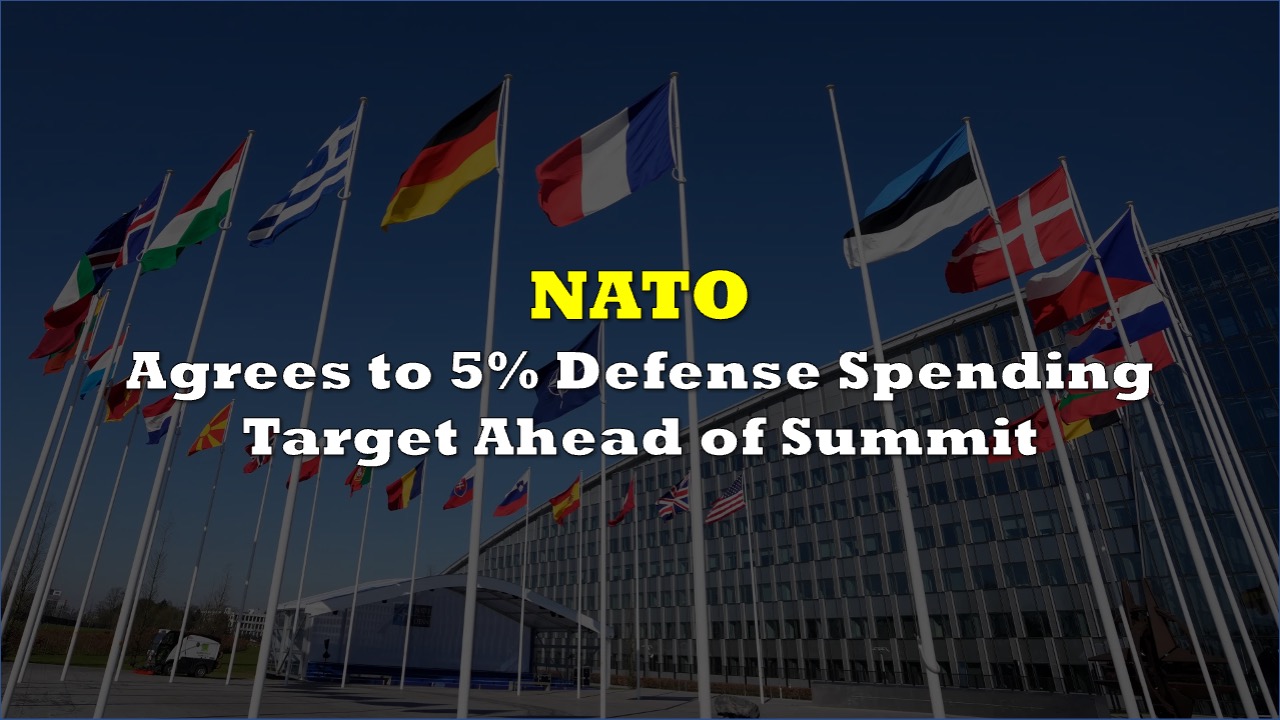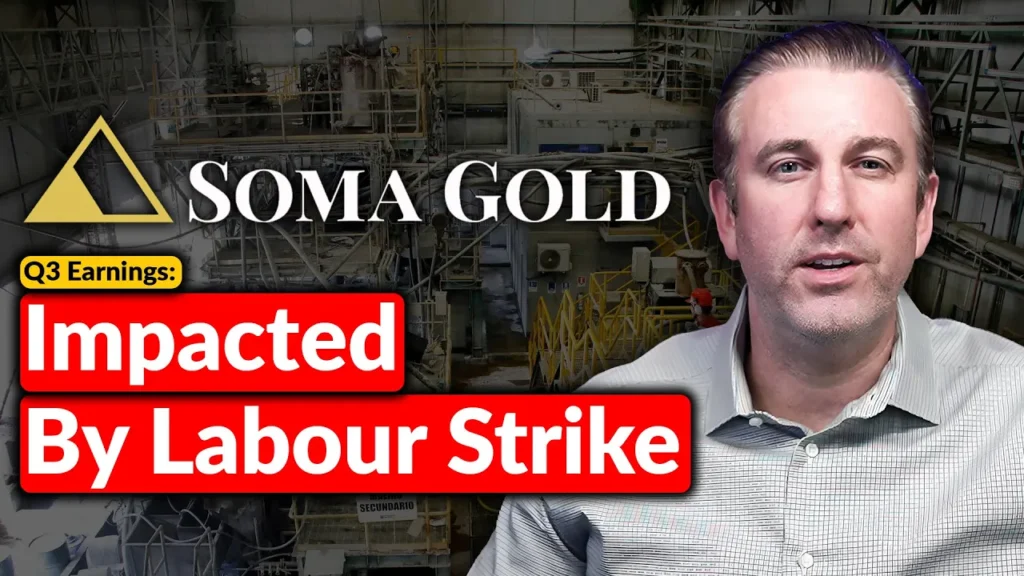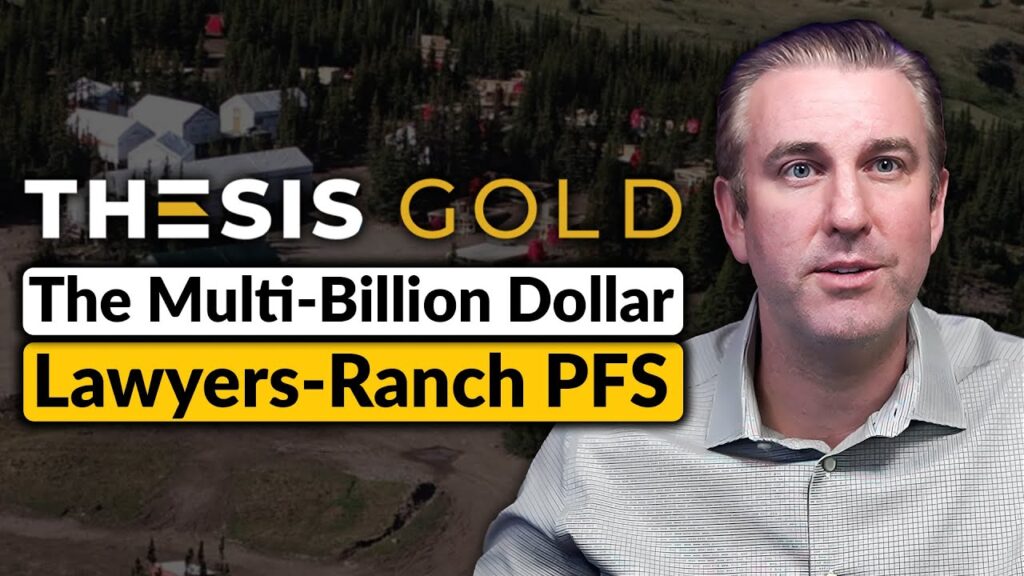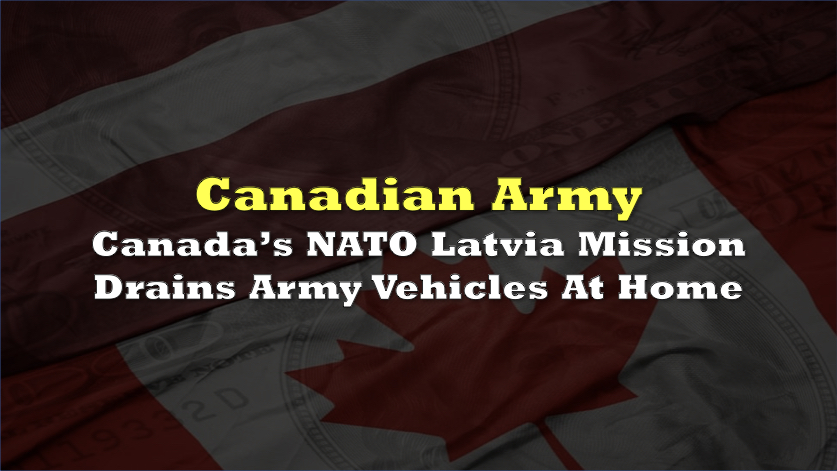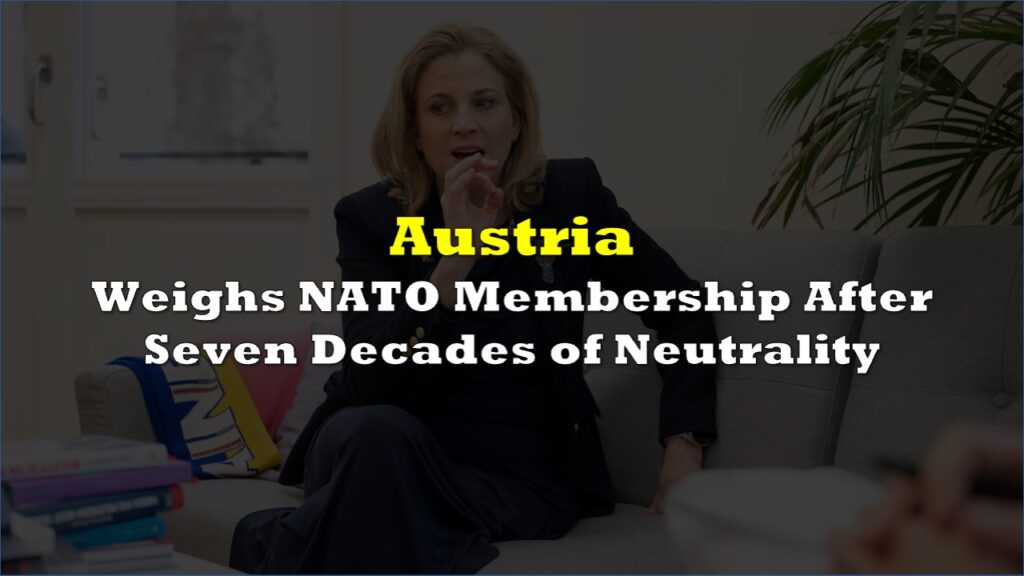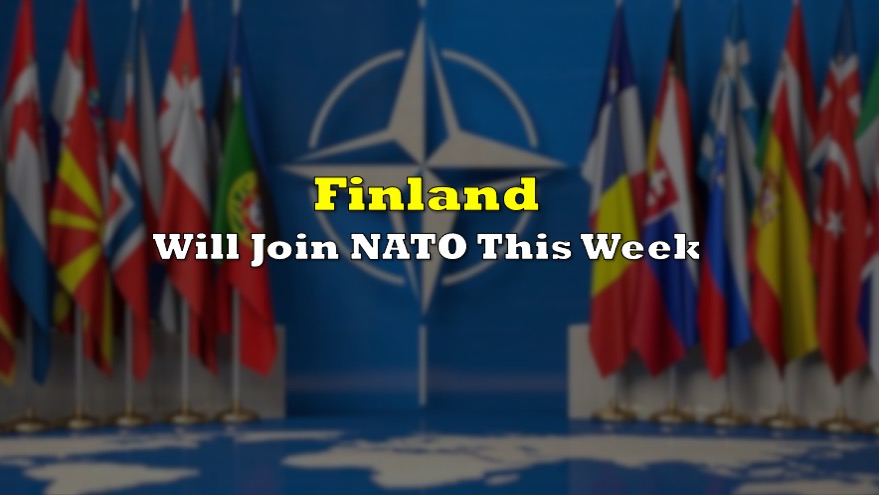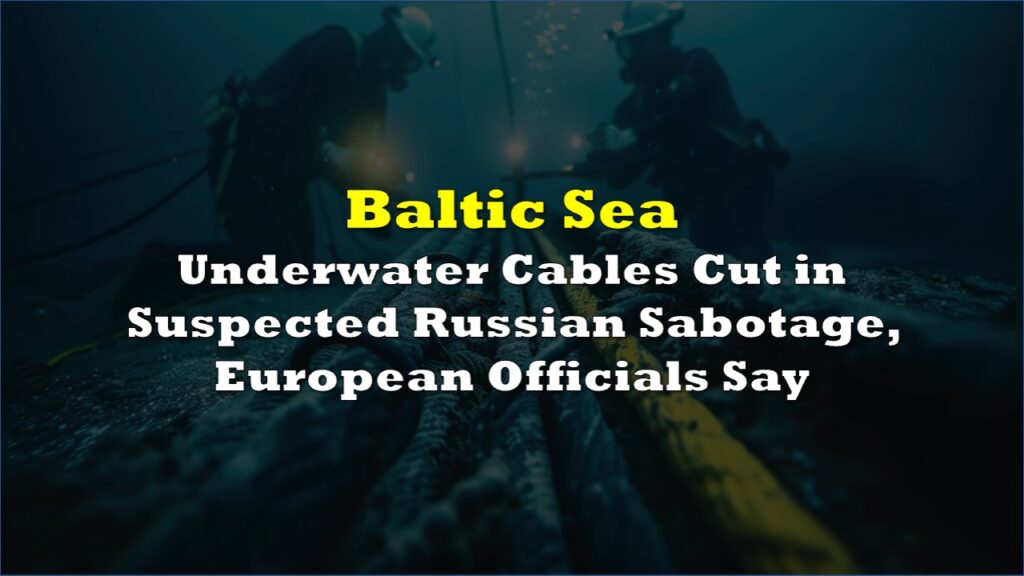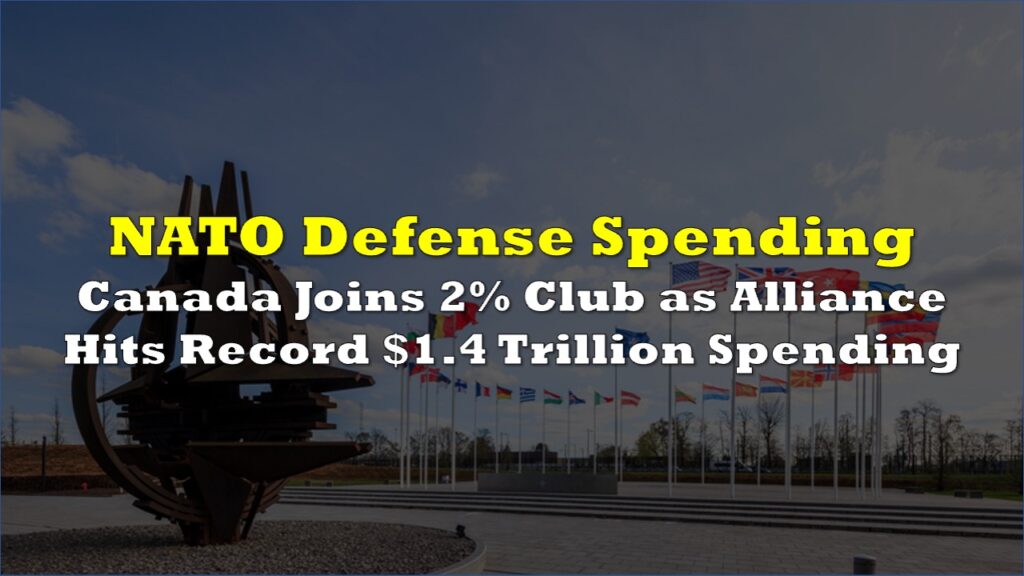NATO members agreed Sunday to dramatically increase their defense spending target to 5% of gross domestic product, bowing to pressure from President Donald Trump just days before a crucial alliance summit.
The agreement, reached ahead of the NATO Summit in The Hague on June 24-25, is more than twice the current 2% GDP target established in 2014. NATO Secretary General Mark Rutte proposed splitting the target into 3.5% for core defense spending and 1.5% for security-related investments like cybersecurity and military infrastructure.
Not everyone was on board, however. Spain announced it would not comply with the 5% target, and said it would limit defense spending to 2.1% of GDP for essential military needs.
Alliance officials say the increases are necessary to counter Russian threats and enable Europe to assume greater responsibility for regional security as Washington pivots toward China.
European NATO members have already begun ramping up spending significantly. Last year, European allies and Canada spent $485 billion on defense, marking a 20% jump from the previous year. Today, 23 of NATO’s 32 members meet the 2% spending threshold, compared to just four countries in 2017.
Also read: Carney Injects $9B In Sprint To NATO’s 2% of GDP Goal On Defense Spending
The spending surge occurs amid global defense expenditures that hit $2.7 trillion in 2024 — the largest annual increase since the Cold War ended. Russia currently dedicates 7-8% of its GDP to military spending, marking its highest defense investment since the Cold War era.
Trump has repeatedly criticized European allies for not spending enough on defense, arguing the US shoulders an unfair burden within the alliance.
Flashback: Trump Plans to Push NATO Defense Spending to 5% of GDP
The summit will determine timelines for reaching the ambitious new spending goals.
Information for this story was found via Reuters, and the sources and companies mentioned. The author has no securities or affiliations related to the organizations discussed. Not a recommendation to buy or sell. Always do additional research and consult a professional before purchasing a security. The author holds no licenses.

